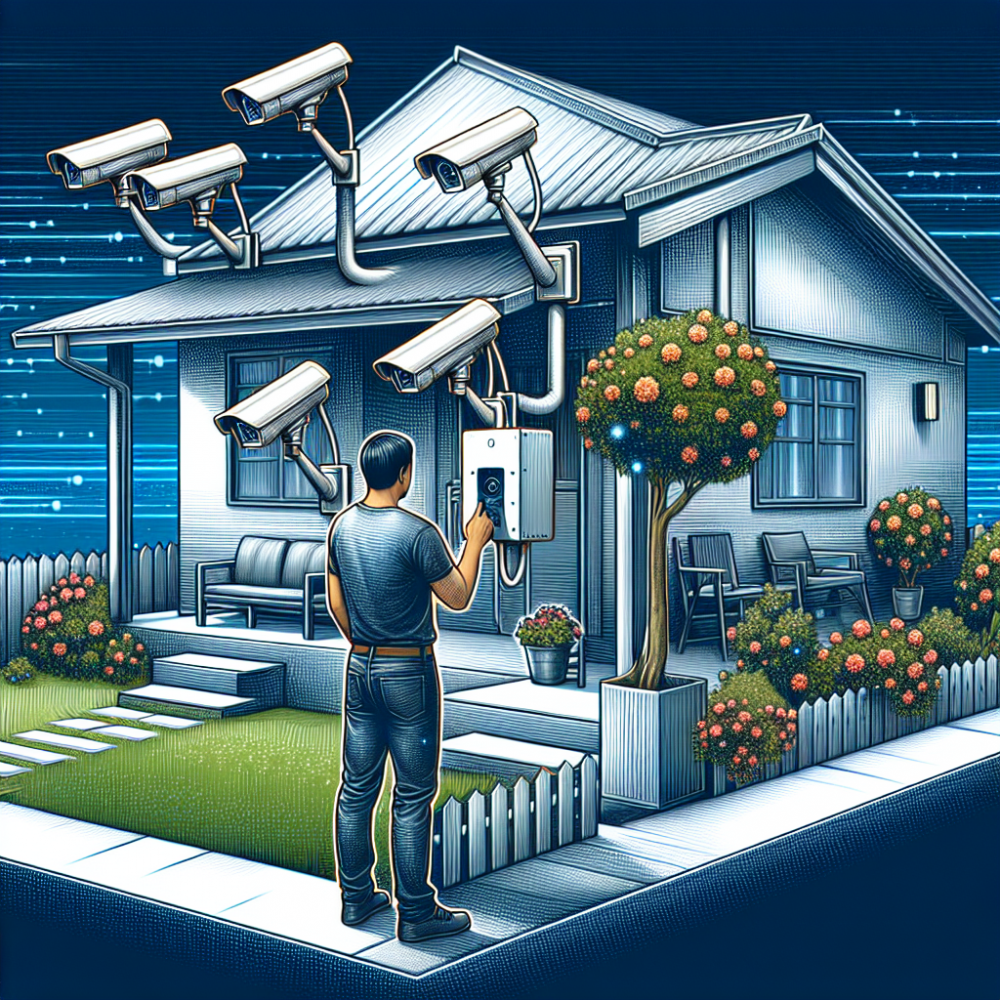Essential Guide to Enhancing Your Home with Security Cameras

Posted on: Sunday, March 3rd, 2024
As homeowners increasingly prioritize the safety and security of their property, the demand for high-quality security cameras has seen a significant rise. These devices not only act as a deterrent to potential intruders but also provide invaluable peace of mind through real-time monitoring and recorded footage. Modern advancements have led to a diverse range of options available in the market, catering to different needs and budgets. This guide aims to navigate you through the top considerations and features to look for in security cameras, ensuring you make an informed decision tailored to your home's security requirements.
1. Resolution and Field of View: The clarity of the footage captured by your security camera is paramount. Look for cameras that offer at least 1080p resolution for clear images, and consider the camera’s field of view as it determines the scope of area covered.
2. Night Vision: Many security threats occur under the cover of darkness, making night vision an essential feature for any security camera. Opt for cameras with infrared (IR) capability to ensure detailed and clear footage, even in low light conditions.
3. Motion Detection: Cameras equipped with motion sensors can alert you to any movement on your property, allowing for immediate action or review. This feature saves storage space by only recording when activity is detected and can be customized to ignore routine movements, reducing false alarms.
4. Two-Way Audio: A security camera with two-way audio allows you to communicate with visitors or potential intruders from a safe distance. It adds an extra layer of deterrence and convenience, enabling verbal interaction through your camera system.
5. Storage Options: Consider whether you prefer local storage (e.g., microSD cards) or cloud storage for your recorded footage. While cloud storage offers more flexibility and off-site access, local storage can be a one-time cost without ongoing fees.
6. Weather Resistance: If you are installing cameras outdoors, it's crucial to choose models designed to withstand weather conditions. Look for cameras with an IP (Ingress Protection) rating of at least 65 to ensure they are dust and water-resistant.
7. Wireless vs. Wired: Wireless cameras offer easier installation and flexibility in placement. However, wired cameras often provide a more stable connection. Assess your home’s layout and installation capabilities to decide which suits your needs better.
8. Smart Home Integration: For those invested in smart home ecosystems, selecting a camera that integrates seamlessly with your other devices enhances overall security and convenience. Compatibility with platforms like Amazon Alexa or Google Assistant can be a game-changer.
9. Remote Access and Alerts: Most modern security cameras come with a mobile app that provides remote viewing and notifications. Ensure the app is user-friendly and offers robust features, such as live streaming and instant alerts to your smartphone.
10. Brand and Warranty: Finally, investing in security cameras from reputable brands with reliable customer support is wise. Look into warranty periods and service terms to protect your investment and ensure longevity.
Choosing the right security cameras involves weighing various factors, including resolution, night vision capabilities, storage options, and smart home compatibility. By considering these top tips, you can select a system that not only meets your security needs but also fits within your budget, ensuring your home remains a safe haven for you and your loved ones.